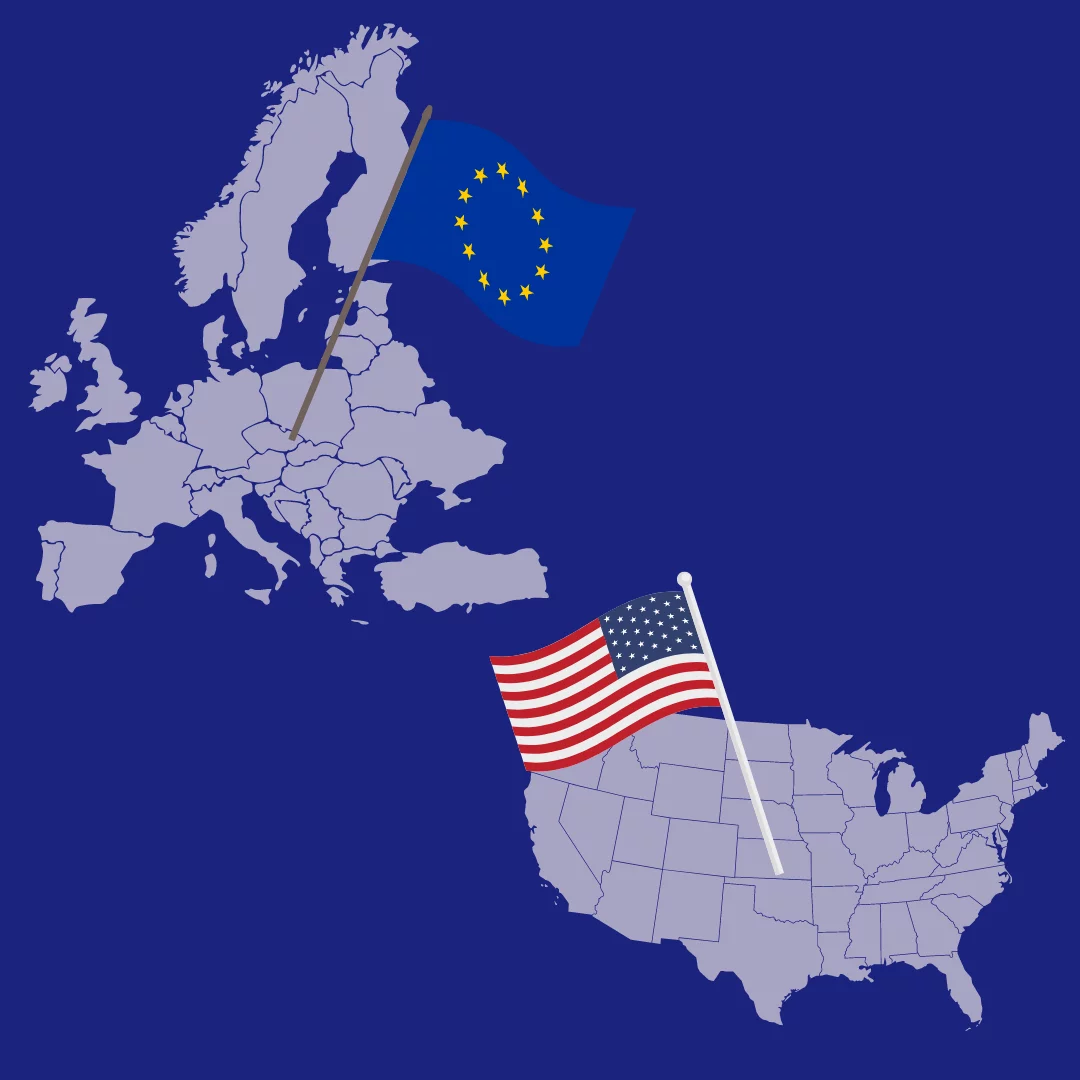NPL Markets in 2024: Europe Outshines the US in Investment Opportunities
Non-Performing Loan (NPL) markets in both the US and Europe are experiencing renewed investor interest despite ongoing economic uncertainties. However, Europe has emerged as a more attractive investment destination, driven by its dynamic regulatory environment, the sheer volume of NPL portfolios, and a pressing need for banks to divest distressed assets. These factors have positioned Europe ahead of the US in the race for investor capital in 2024.
The US NPL Market: Gradual Recovery Amid Challenges
The US NPL market has been recovering since the pandemic, though it faces several headwinds. Regulatory changes and higher interest rates have complicated the landscape, particularly in sectors like commercial real estate (CRE). CRE distress has notably intensified, with office spaces seeing increased defaults due to the ongoing shift towards remote work. While CRE NPL transactions reached approximately $20 billion in 2023, this figure remains below pre-pandemic highs, reflecting tempered investor appetite.
Historically, programs like the Temporary Liquidity Guarantee Program (TLGP) provided stability during economic crises. More recently, the Federal Reserve’s Term Funding Program has sought to inject liquidity into the system. However, rising funding costs and regulatory scrutiny have tempered market activity. Additionally, consolidation within the banking sector is accelerating, with over 4,000 US banks exploring mergers or acquisitions over the past three years. This trend highlights efforts to maintain shareholder value and operational efficiency amid tighter margins.
Europe’s NPL Market: A Thriving Hub of Activity
In contrast, Europe’s NPL market has solidified its position as the global leader, with an estimated value exceeding $1 trillion. European banks are under pressure to meet stringent capital requirements imposed by the European Central Bank (ECB), leading to the sale of significant volumes of distressed loans. Projections suggest European banks will need to offload an additional €500 billion in NPLs by 2025 to fortify balance sheet resilience.
Among Europe’s key markets, Spain, Italy, and Greece have been particularly active. Spain’s NPL market, valued at €160 billion in 2024, has benefited from government initiatives aimed at reducing risk in bank portfolios, making it a magnet for investor interest. Italy, the region’s largest NPL market, is set to surpass €70 billion in annual sales, supported by the Garanzia Cartolarizzazione Sofferenze (GACS) scheme, which facilitates the securitization of bad loans.
Germany, traditionally characterized by lower NPL levels, has stabilized its distressed assets, with NPL ratios falling below 2%. Meanwhile, the UK and Ireland are attracting attention for opportunities in CRE and residential mortgage-backed securities, as their real estate markets show signs of recovery.
The Road Ahead: Stability and Opportunities
Looking forward, as global interest rates stabilize, sustained activity in NPL markets is expected across both regions. Europe is likely to maintain its lead, driven by regulatory pressures and banks’ strategies to deleverage. In the US, challenges such as structural shifts in CRE and tighter monetary policy are likely to limit growth, though selective opportunities remain for astute investors.
For global investors, Europe offers the allure of higher yields, diversified portfolios, and an active market bolstered by regulatory mandates. The US, while lagging in volume, presents niche opportunities, particularly in regions hardest hit by CRE downturns. Both regions are set to navigate economic headwinds, but Europe’s NPL market stands poised to dominate the landscape in 2024, cementing its status as the preferred destination for distressed asset investment.









